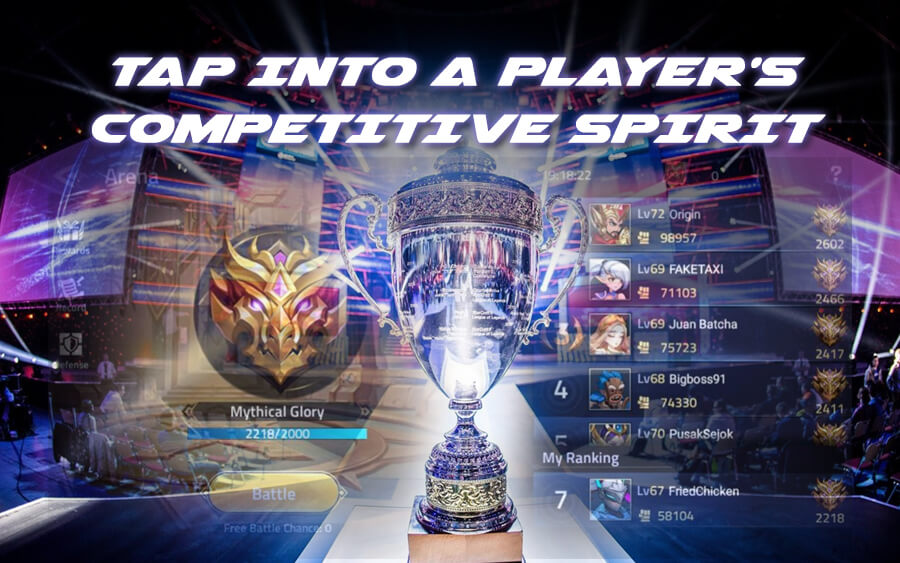Gamification is a relatively new term, created to label and structure something that has been happening for a very long time. In the last decade — boosted by the rise of social media and data analysis — a more scientific approach to gamification is emerging, borrowing a lot from game design. It’s still a fragmented field, with heterogeneous concepts and frameworks, yet it has great applicability, especially in business contexts.
A well-known and practical gamification framework includes Mechanics, Dynamics and Aesthetics, an analysis tool coming from game design. This can easily be applied to increase the appeal of gambling bonuses, which in themselves are an essential tool for attracting, retaining, and reactivating players.
Mechanics
The mechanics consist of the set-up, rules, and progression criteria of your bonus campaign, and they lay out and organize the actions a player should do in order to receive a certain reward — be it a free spin, a free gamble, or enter a competition such as a tournament. In our case, the “game designers” can be the operators, and they may also choose to enlist platforms specialized in gamification.
A thing to remember is that players need different things according to the stage they are at: someone who just registered on your casino might need a great onboarding experience, while an experienced player could enjoy the VIP experience. This takes us back to the fact that customer segmentation is among the first things to take care of before diving into any type of bonus strategy. You first need to know who you are creating the experience for, and how you can identify and leverage high-value players.
Dynamics
Dynamics refer to variables such as context, choices, constraints, competition, and chance — and these can vary a lot depending on the type of gambling experience the player has. For instance, P2P games like poker are by nature a competition between players, whether cash games or tournament format, whereas playing slots or placing sports bets leads to more individual competitive dynamics. Unless, of course, a tournament layer is added on top to promote friendly competition in your casino.

Aesthetics
Aesthetics has to do with emotions. In iGaming, the focus should be on sensation (for instance, in-game musical and visual backgrounds), challenge and discovery. For instance, in a tournament, the way the experience is presented to the players will certainly have a lot to do with how much it manages to immerse them into the competition.
Gamification essentials for iGaming
In gambling, the reinforcements are generally extrinsic — meaning that they have to do with the actual wins. An extra layer of gamification gives you access to the intrinsic motivations of the players — such as having fun or enjoying a good challenge or reaching an achievement, and this is a key element to a strong, reward-based retention strategy.
Two types of time-tested experiences with a virtually infinite number of variations are tournaments, and mission-based or individual achievements to unlock. Both can be seriously enhanced by real-time leader boards, due to the social aspect they bring to players.
Devising profitable mechanics for either tournaments or missions is fundamentally influenced by the experience of the designer, as well as by the data it has access to. Data is what enables you to test and analyze which reinforcements work best to trigger the repetition of desired behaviors, which are the positive experiences most likely to build the loyalty of your players.
Data also comes in very handy for influencing as much as possible the dynamics and aesthetics that gamification will generate. For example, you can find out what type of slots get more engagement, then put those games to work by including some of them in tournaments, or in missions with a social component.
The Right Tools
With the right tools in place, you make gamifying the casino experience simple. GamingSoft Global iGaming white label solution and GamingSoft Connect iGaming API solution are pre-built frameworks that cover all the essential bases and make things simple for the operator.
Click here to find out more!



